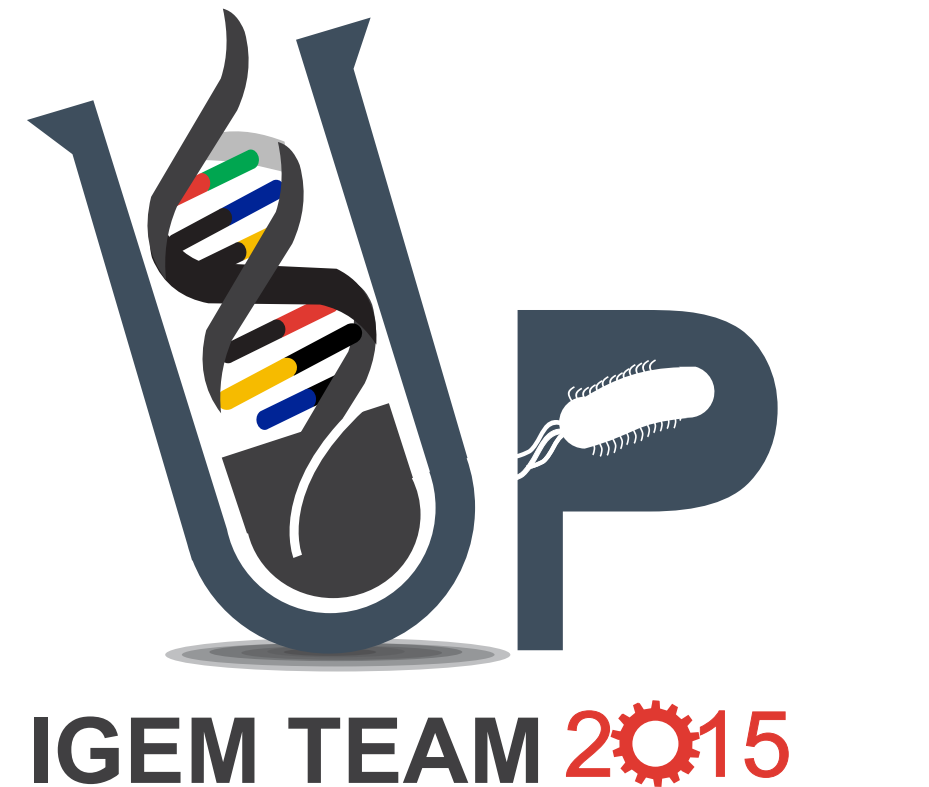Difference between revisions of "Team:Pretoria UP/Practices"
| Line 72: | Line 72: | ||
</p> | </p> | ||
<br><br><br> | <br><br><br> | ||
| − | |||
| − | |||
| − | |||
| − | |||
<h3>Survey </h3> | <h3>Survey </h3> | ||
<p> | <p> | ||
Revision as of 06:46, 16 September 2015
Human Practices
Synthetic Biology Awareness and Attitudes Among South African Youths: a Comparison of Socio-economic Influences
Project background
South Africa has a unique, turbulent and controversial political history of racial segregation, referred to as Apartheid. Prior to democracy in 1994, a white supremacist government forced non-white racial groups (black, indian and mixed race) to live in isolated townships on the outskirts of cities, and denied them access to quality education. 26 years after the advent of a free and fair democracy in South Africa, the vestiges of the Apartheid regime still persist in the form of historically segregated neighbourhoods, poverty, lack of basic health and sanitation services and compromised education in some previously disadvantaged areas.
@TODO : Images of school
With the recent advent of synthetic biology, we realized that high school learners in previously disadvantaged areas may not yet have heard about this cutting edge-field. In our Human Practices Project, we took the opportunity to both educate Grade 11 learners about synthetic biology as well as compare awareness, attitudes and consumer choice between learners from contrasting socio-economic circumstances.
Our Inspiration
With the recent advent of synthetic biology, we realized that high school learners in previously disadvantaged areas may not yet have heard about this cutting edge-field. In our Human Practices Project, we took the opportunity to both educate Grade 11 learners about synthetic biology as well as compare awareness, attitudes and consumer choice between learners from contrasting socio-economic circumstances.
Survey
One hundred Grade 11 science learners from each school were asked 10 questions relating to (1) education, age and background, (2) general perception and (3) consumer choice regarding synthetic biology, as well as (4) their projections for the future of synthetic biology and (5) whether it will be relevant in the lives of South African citizens. We compared the results from learners at Lehlabile Secondary School and Pretoria Boys’ High School to identify statistically significant differences in the answers given. - Show graphs for each question in the 6 different categories above (see comments in Survey doc). Results for each school are shown on the same graph. Indicate which results are significantly different from each other (Kolmogorov-Smirnov test for age distributions, Fishers exact test for multiple choice – Steven to help). - What conclusions can we make regarding these schools, and are they what we expect given their contrasting backgrounds? What are the study limitations?










